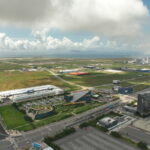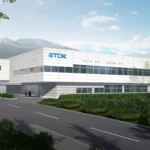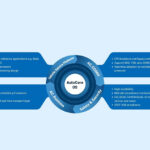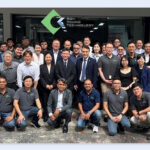ASIA ELECTRONICS INDUSTRYYOUR WINDOW TO SMART MANUFACTURING
Korea’s ITOPS Bets on LiDARs for New Growth Engines
A little-known Korean automotive parts and components maker ITOPS Automotive Inc. is making its name vividly felt across the global mobility ecosystem. The Korean company is scheduled to participate in 2023 Automotive World Tokyo to be held from Sept. 13-15 at Makuhari Messe in Tokyo. It plans to exhibit an array of automotive parts and components solutions from 3D flash Light Detection and Ranging (LiDAR) sensors to actuators.
The participation in this annual automotive trade show follows its attendance at CES 2023, which was held from January 5 to 8 in Las Vegas, U.S.
The two-successive global trotting is part of its marketing program to promote its LiDAR sensors and actuators more widely across the global mobility parts and components ecosystem.
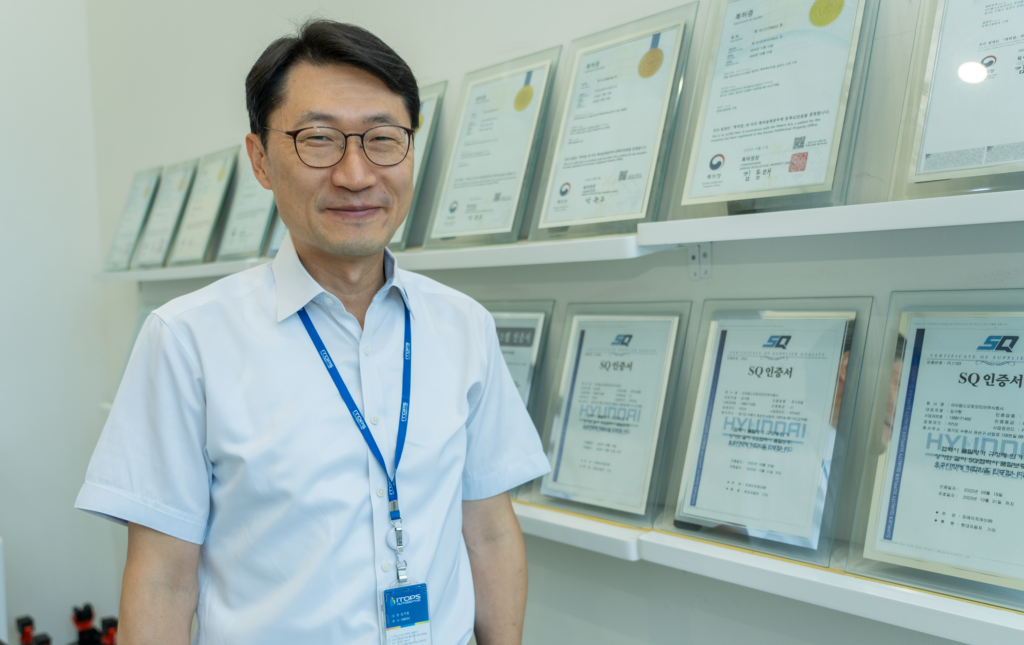
“We plan to carry out a live demo of how our LiDAR solutions detect and render objects in real-time on a series of monitor screens to showcase the LiDAR sensors’ performances,” said Kim Koo-Hyun, Chief Executive Officer of ITOPS Automotive.
Highlighting its exhibits will be a series of LiDAR sensors that are all designed to be used with outdoor applications like robots. Moreover, actuators for active hood lift system (AHLS), charge port actuators, EV charging inlet actuators (ECA), and anti-pinch sensors (APS) will also be on display.
ITOPS’s LiDAR Sensor Lineup
LiDAR sensors are solid state-type sensors that come built with lighting sources or emitters, like infrared light beams, receivers (detectors) and other chip circuitries like ECUs. Compared with physical LiDAR sensors, they have smaller form factors, low-cost, high-resolution and anti-vibration features.
ITOPS has three models of LiDAR sensors – F07, F25, and F70, depending on the object measuring distance range.
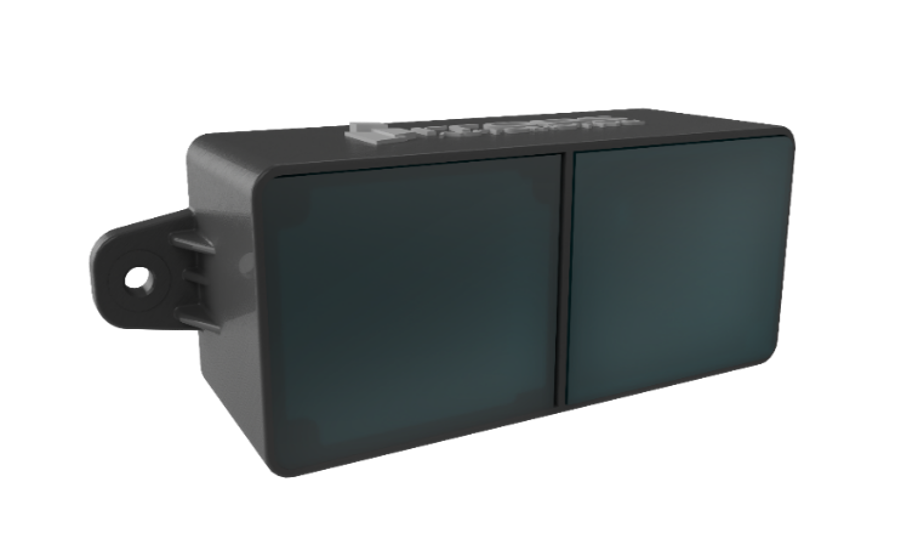
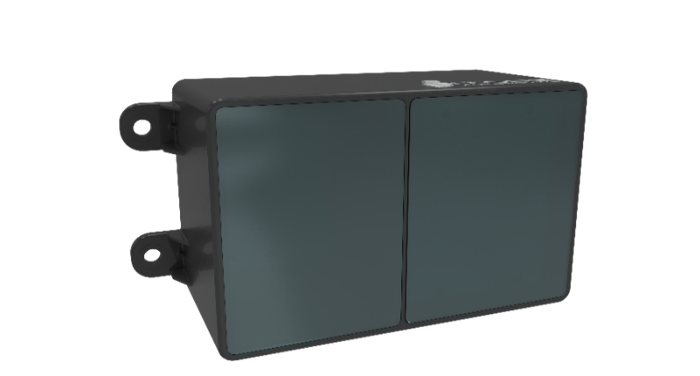

(From left) F07, F25, and F70 LiDAR sensor models
The F07 model can detect objects in a range of up to 7m, while F25 and F70 can detect objects in the range of up to 25m and 70m, respectively. All these three models are short-range LiDAR mainly designed for a variety of robots from delivery and logistics robots to surveillance robots. They are also used in indoor applications.
“We have been in talks with a surveillance robot maker and an agricultural farming robot maker in Japan to supply our LiDAR system. Recently, we are engaging in talks even with service robot makers, too,“ Kim added. Coming built with ITOPS’s F07 LiDAR sensors, the surveillance robots are targeted to be available in the Japanese market by Sept. 2024, according to Kim. The built-in F07 LiDAR sensors will not only detect roadblocks in the surrounding areas, but will also recognize pockmarked roads, like road holes or pits, thus helping surveillance robots avoid them.
Generally, the working theory of the LiDAR sensors is straightforward. The solid state-type, or flash LiDAR sensors flash out infrared beams. Then, the sensors measure the time it takes for the beams to bounce off or reflect from objects and reach back to the sensor. The space they measure depends on how many pixels they have. For example, if the LiDAR sensors have 160 × 60 pixels, they can recognize spaces of 160 × 60 points in the same way that camera sensors recognize and render objects.
Specifically, the F07 LiDAR sensors boast 160 × 60 pixels, while the F25 has 320 × 240 pixels. All three LiDAR sensors boast an upward of 25fps.
“What appeals to our customers is our technology knowhow and expertise not only to increase measuring distance ranges, but also optimize them in noise-heavy outdoor environments to get better and clearer object recognition,” Kim stressed.
When it comes to F70, ITOPS is now working together with its Korean partner to develop and commercialize them. Once developed, the F70 LiDAR sensor solutions will be used in self-driving cars, buses, and trucks to detect objects in the forward or backward blind spots.
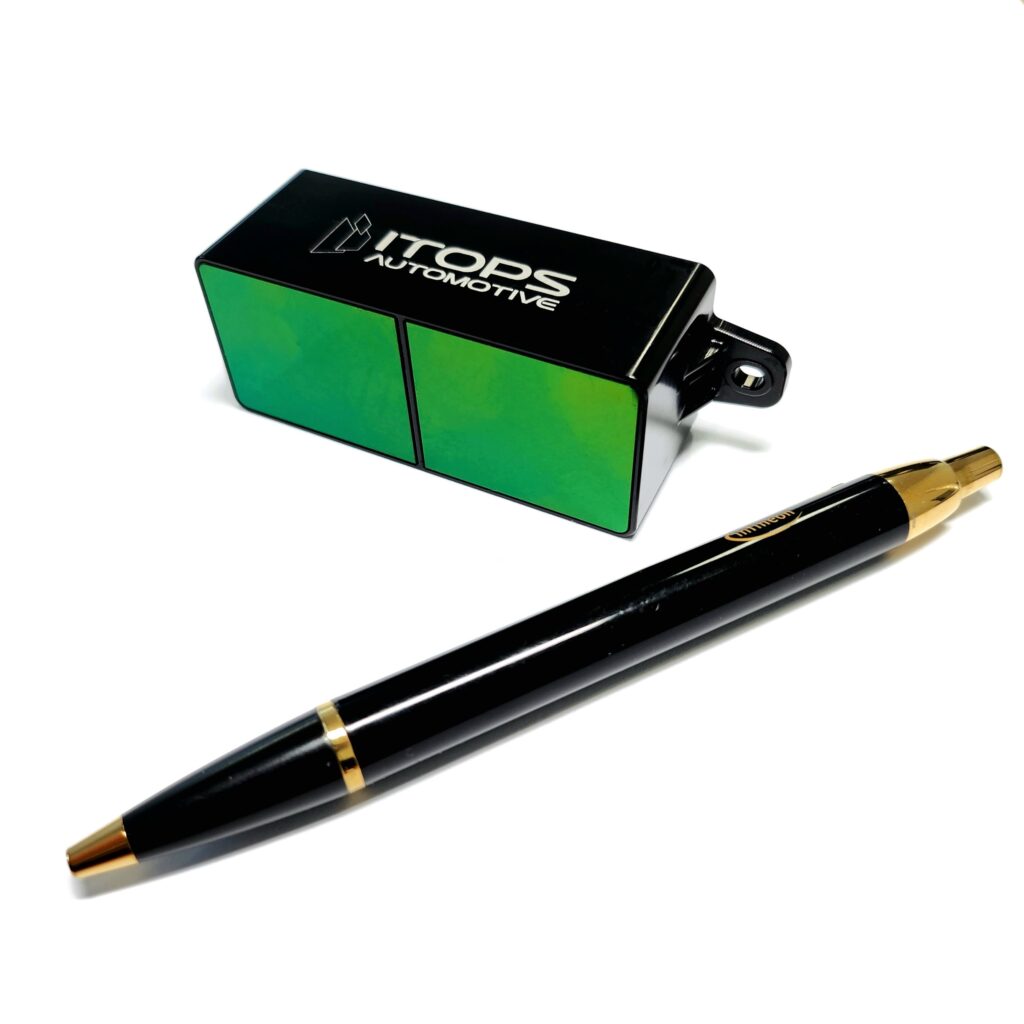
For a while, however, ITOPS will focus on short-range LiDAR solutions zeroing in on industrial and commercial robots. The company plans to advance into car markets using its performance references.
For Kim, the commercialization of fully automated level 5 self-driving cars is still a distant reality. This is so because related technologies are not yet matured – costing dearly and performing unsteadily. Kim believes that it better to establish economies of scale in industrial and commercial mobility markets first. Then, wait for all necessary technologies get matured enough to deliver low costs and better performances.
Actuator Technologies (Subhead)
Moreover, ITOPS also bets on its actuator technologies to zero in on the rapid adoption of EVs. Actuators for AHLS is one example. Back in 2011 when the company spun off from Hyundai’s venture incubation program, the company started out as a supplier of AHLS that comes built with sensors, ECUs and gas-powered actuators. Since then, ITOPS has commercialized a variety of actuators for EV charging port doors and EV charging inlets.

